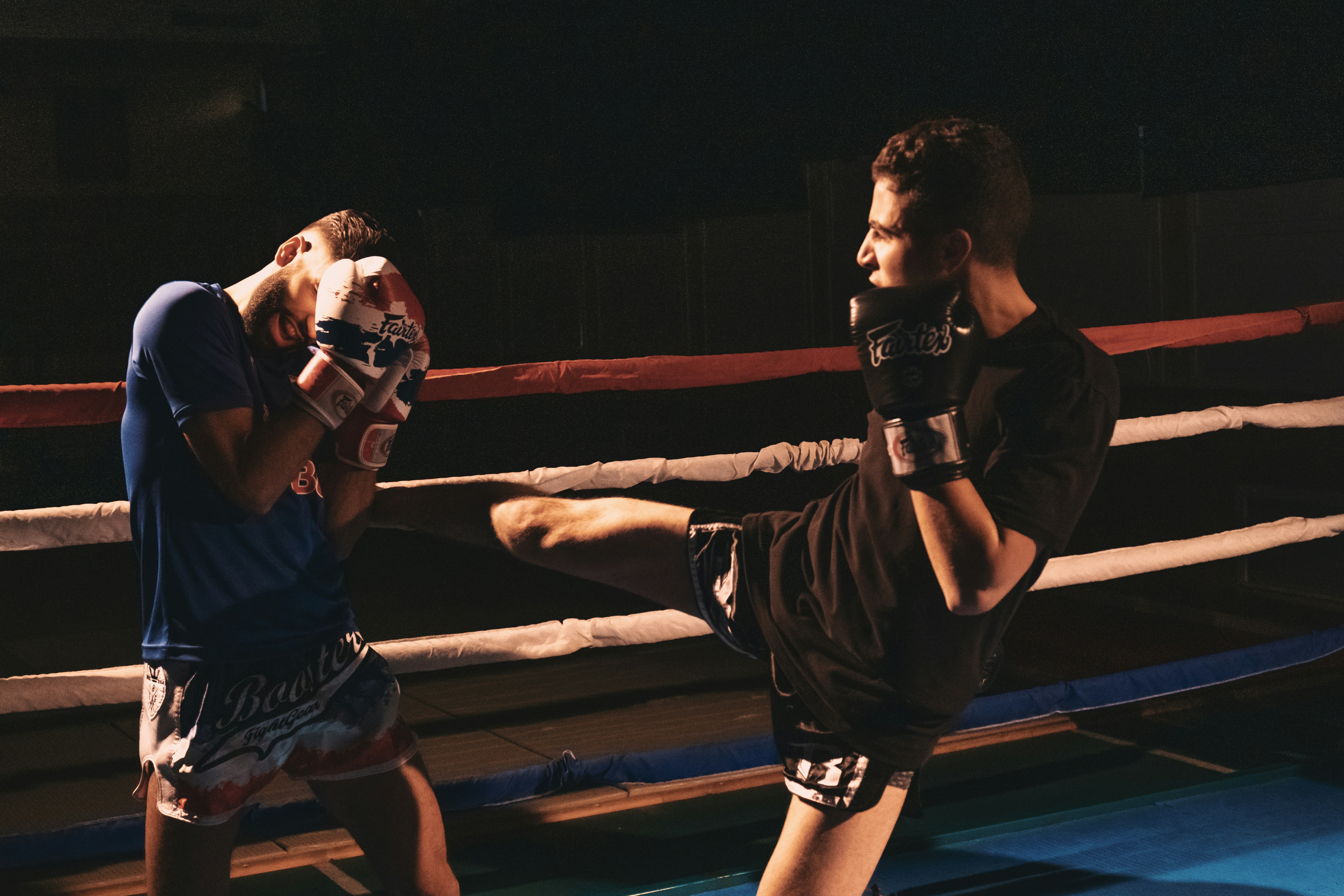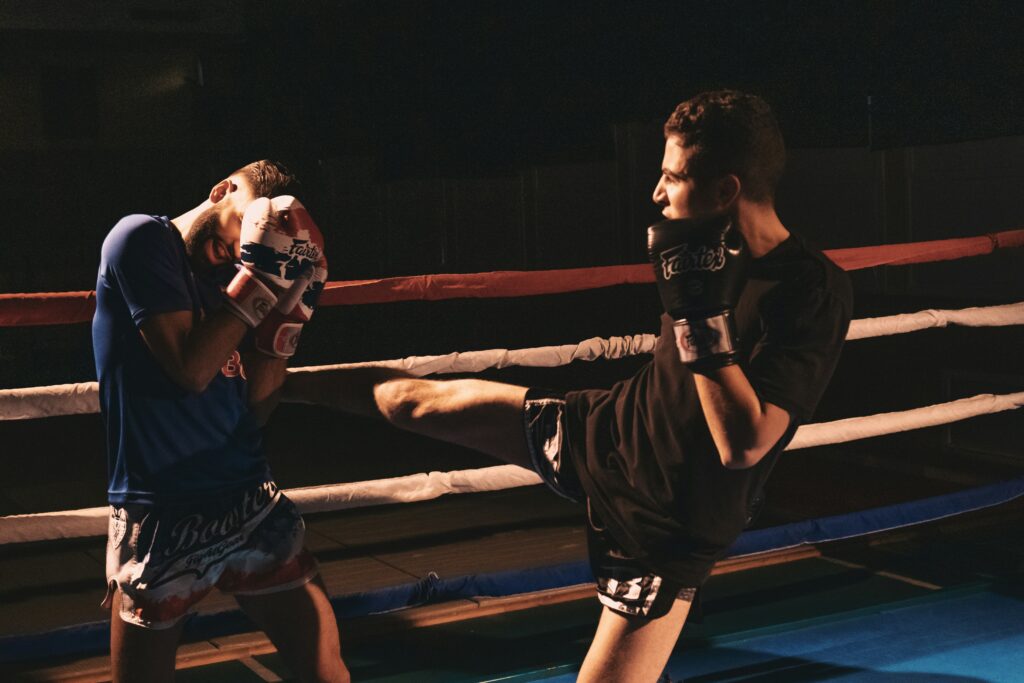When Second Chances Rewrite the Narrative
Rematches in boxing aren’t just sequels they’re clean slates. The first fight lays the foundation, but it doesn’t always tell the full story. When two fighters meet again, the stakes shift. They’re not just trying to win. They’re trying to change the story erase a loss, flip a narrative, or prove that victory the first time wasn’t a fluke. Through this lens, rematches become a platform for transformation, not just redemption.
Some of boxing’s most memorable comebacks came in second or third encounters. Why? Because fighters come in different. Body’s sharper. Mind clearer. Camp tighter. Sometimes they come undone. But more often, a great rematch win is about total reinvention changing what didn’t work and doubling down on what did. The losing side studies. The winner has to evolve. That’s where things get real.
Timing plays a quiet but massive role here. Too soon, and the defeated hasn’t recovered. Wait too long, and decline creeps in. Mindset matters even more. Is the fighter bitter or obsessed? Is the fire still real, or forced? Preparation, too not just in the gym, but on tape, in the head, during the long mental stare down that is fight week.
The X factors the quiet stuff no one sees often decide the outcome. That’s why rematches matter. Not just for the belt, but for legacy. They ask one thing: who learned more?
Tactical Adjustments Between Fights
Rematches aren’t just a second swing they’re often a completely different ballgame. What separates the great fighters from the stubborn ones is how well they adapt. Footwork tightens up. Range control shifts from reactive to deliberate. The pacing slows down just enough to create windows that weren’t there before. A fighter who once chased now waits. One who panicked in round six now cruises through it.
New trainers can completely rewire a fighter’s toolkit. A switch in camps often brings in new philosophies less about throwing more punches, more about landing the right ones. You’ll see a southpaw suddenly jabbing with control, or an aggressive brawler doubling down on defensive movement. It’s not always flashy, but it works.
And then there’s the intangible stuff psychology, timing, the earned calm that only comes after tasting defeat. Patience isn’t just a virtue; it’s a weapon. The rematch favors the fighter who doesn’t need to prove anything, just execute. In these fights, power is the last thing that wins. What wins is adjustment.
The rematch reveals what the first fight disguised: who’s capable of evolving under pressure, and who’s married to habits that no longer work.
Case Study: Gervonta Davis vs. Ryan Garcia

The first meeting between Gervonta Davis and Ryan Garcia wasn’t just hyped it delivered. Garcia came in fast, launching early attacks with sharp speed and straight line aggression. He was dangerous in bursts, making Davis respect his power. But that fast pace turned into a liability. Davis weathered the opening storm and stuck to the plan: hold center, bait mistakes, and snipe counters. The left hand from Davis in Round 2 was a warning shot. The body shot in Round 7 ended it. Short, brutal, and surgically timed.
If we get a rematch, it won’t be the same fight. Garcia will likely avoid charging into Davis’ wheelhouse. Expect more lateral movement, more patience, maybe even sticking behind the jab. He’ll need to break rhythm and avoid giving Davis predictable patterns. On Tank’s end, don’t expect big changes he’ll do what he always does: download, adapt, and punish. But he may turn up pressure earlier if he senses hesitation.
This round by round breakdown offers essential tactical takeaways. Garcia’s issue wasn’t bravery it was tempo control. Davis didn’t just hit harder; he thought faster.
In a hypothetical 2026 rematch, both fighters enter with more tools. Garcia, now older and possibly camped with a more defensively minded coach, shows restraint. He doesn’t lunge, he disrupts. Davis, ever composed, brings sharper setups and perhaps a more punishing lead hand. This rematch would be less about who’s faster and much more about who’s learned.
Data Doesn’t Lie: Rematch Patterns Across Eras
History doesn’t just repeat it adapts. In boxing, the second fight often reveals more than the first ever could. You can look straight at three standout rematches to see what changes when elite fighters get another shot.
In Pacquiao vs. Morales II, the Filipino legend came back leaner, smarter, and sharper. He steered clear of brawling recklessly and instead applied nonstop pressure with cleaner angles, forcing Morales into survival mode before finishing the job in the tenth. The difference wasn’t strength it was smarter pacing and emotional composure.
Fast forward to Usyk vs. Joshua II. Usyk didn’t reinvent the wheel, but he didn’t have to. He simply refined the blueprint. His angles were tighter, the combinations sharper, and his control of distance even more suffocating. Joshua improved too, but Usyk’s adaptability beat athletic power once again. A showcase in energy conservation and ring IQ.
And then there’s Fury vs. Wilder III a storyline that became more psychological with each chapter. Fury walked Wilder down, leaned on him, and dragged him into a war he wasn’t built to win a second time. By the third fight, Fury’s control over tempo and his ability to absorb and nullify Wilder’s right hand decided the outcome long before the final bell.
Across these fights, threads emerge. Fighters who learn timing, fix energy drains, and sharpen mid round tactics win. It’s not just about training harder it’s about fighting smarter the second time around. That, more than anything, is what flips the script.
What This Means for Fighters and Fans
A first loss isn’t the end. For fighters, it’s where the real work begins. A rematch reveals who’s willing to strip things down, ask hard questions, and rebuild with intent. Did you misjudge your opponent’s timing? Were you too impatient? The tape doesn’t lie, but ego often does. Deep self analysis quiet, brutal, and honest is the only way a fighter comes back sharper.
On the fan side, one fight doesn’t tell the whole story. Styles clash in odd ways. Maybe a fighter was off weight, came in hurt, or fought the wrong game plan. First fights carry hype, nerves, and noise. The rematch? That’s about calculation a test of who learns and adapts faster.
Rematches tend to be less about the moment and more about mastery. They cut through pre fight talk and marketing spins. In a second meeting, measured skill usually rises above raw emotion. It’s not just redemption it’s exposure. If the first fight was chaos, the second is often clarity.
The Bigger Picture in 2026
At the highest levels of boxing, brute force isn’t enough. Strategic flexibility knowing when to adapt, shift tempo, change stance, or rethink ring control separates contenders from champions. Elite fighters are no longer just powerful; they’re nimble thinkers who adjust under pressure, mid fight if necessary, and especially between fights.
Rematches are becoming more common, not just because fighters want a second crack, but because networks and fans demand them. A rivalry sells. A storyline with layers keeps people watching. And with the rise of streaming platforms, there’s a strong financial incentive to build multi fight arcs. The first fight lays the groundwork; the second becomes the proving ground.
What’s changed most in recent years is how data is used. Film study has gone from a habit to a science. Fighter camps hire analysts to break down exchanges frame by frame. Punch patterns, defensive reactions, stamina curves even round by round pacing models are factored in. Fighters walk into camp already knowing which 10 seconds of the last fight cost them the decision. And they train specifically to correct it.
The game isn’t just about who hit harder. It’s about who learned faster.
